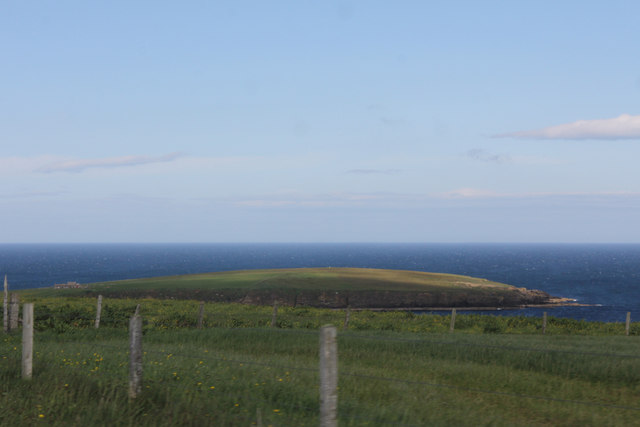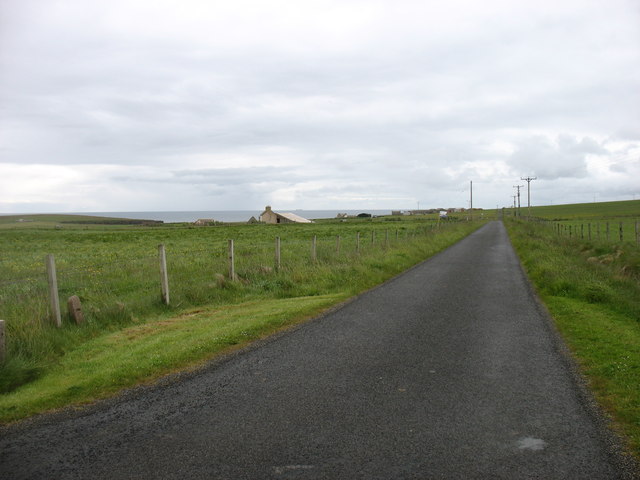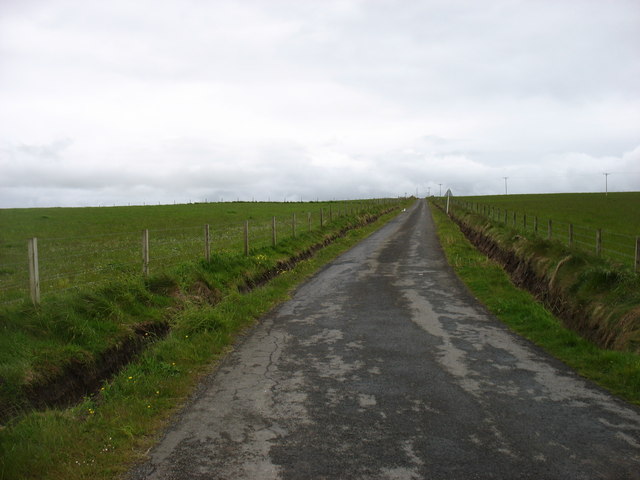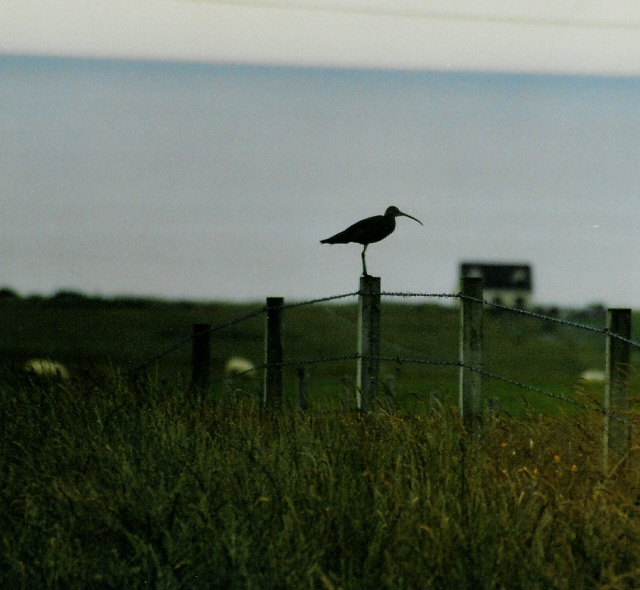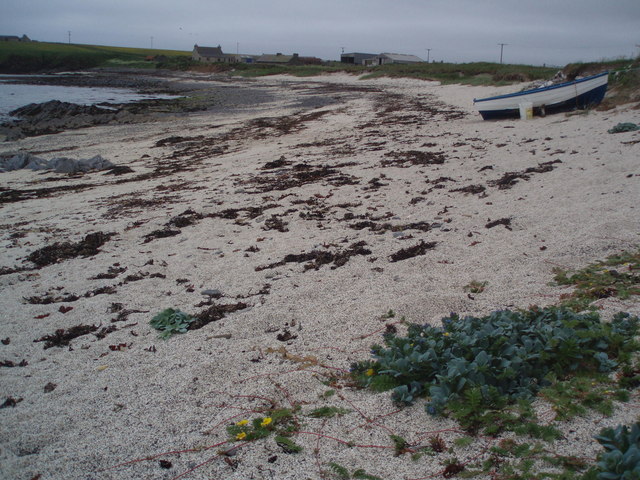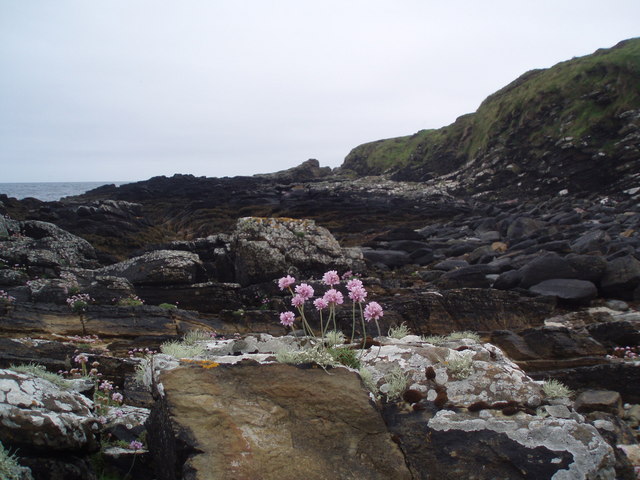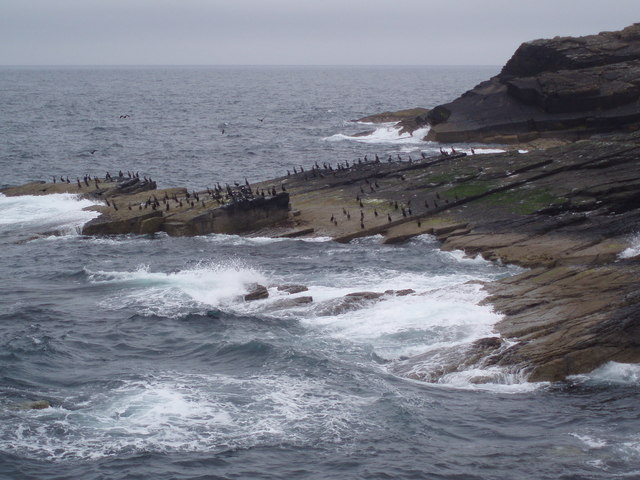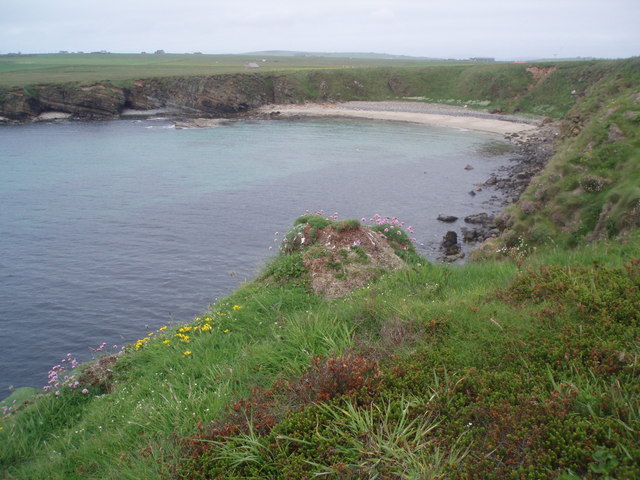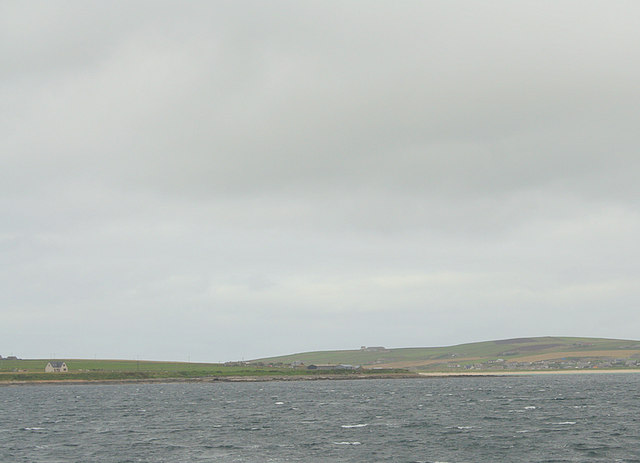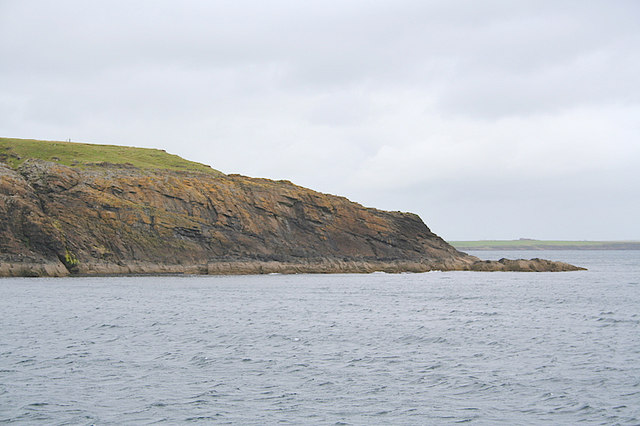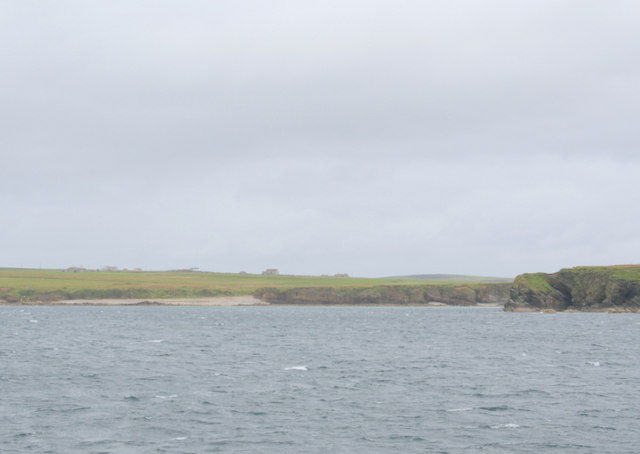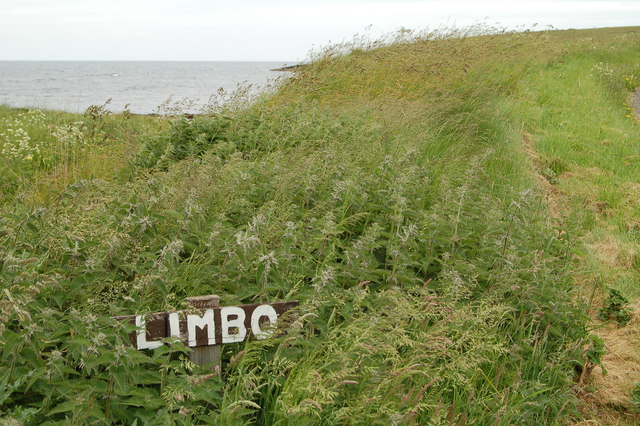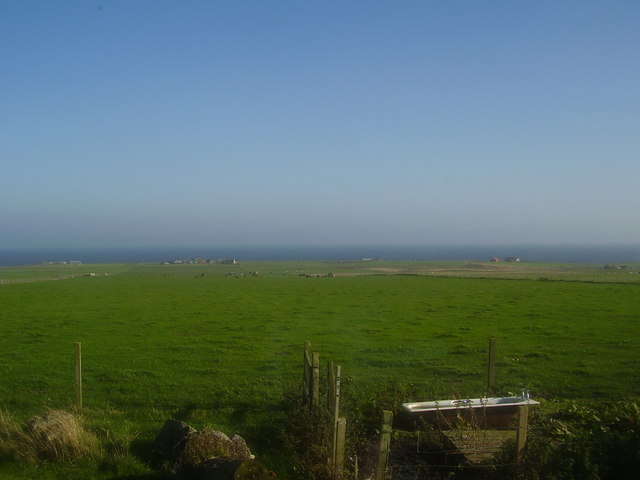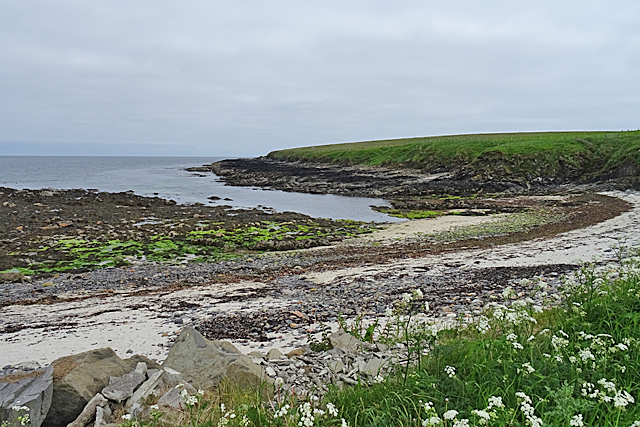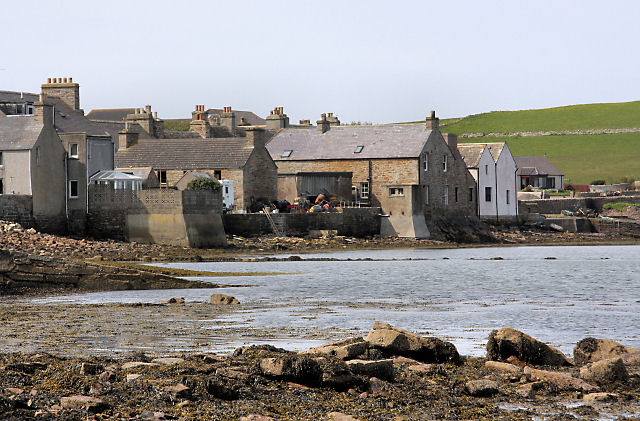Scarf Taing
Coastal Feature, Headland, Point in Orkney
Scotland
Scarf Taing
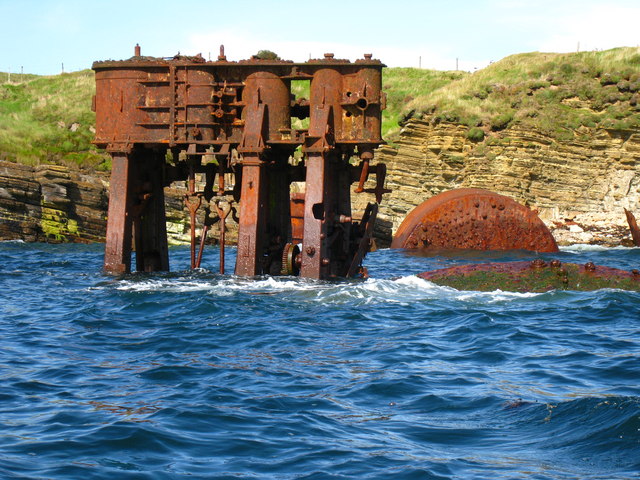
Scarf Taing is a prominent coastal feature located in the Orkney Islands, an archipelago situated off the northeastern coast of Scotland. It is classified as a headland, a high and prominent area of land that extends into the sea. Scarf Taing is positioned on the northeastern coast of the island of Mainland, the largest island in the Orkney group.
This headland is characterized by its steep cliffs, which rise dramatically from the surrounding sea. The cliffs are composed of sedimentary rocks, particularly sandstone and shale, which display layers of different colors and textures, adding to the visual appeal of the area. At the top of the headland, there is a flat plateau that offers breathtaking panoramic views of the surrounding coastline and the North Sea.
Scarf Taing is known for its natural beauty and is a popular destination for both locals and tourists. It is also an important site for birdwatching enthusiasts, as the cliffs provide nesting habitats for various seabird species, including puffins, guillemots, and fulmars. The surrounding waters are also home to a diverse array of marine life, making it a great spot for snorkeling and diving.
In addition to its natural attractions, Scarf Taing is also of historical significance. The headland is dotted with ancient archaeological sites, including burial mounds and stone circles, which highlight the rich cultural heritage of the Orkney Islands.
Overall, Scarf Taing is a remarkable coastal feature that combines stunning natural scenery with historical and archaeological importance. It continues to captivate visitors with its rugged cliffs, diverse wildlife, and glimpses into the past.
If you have any feedback on the listing, please let us know in the comments section below.
Scarf Taing Images
Images are sourced within 2km of 58.821294/-2.8784648 or Grid Reference ND4992. Thanks to Geograph Open Source API. All images are credited.

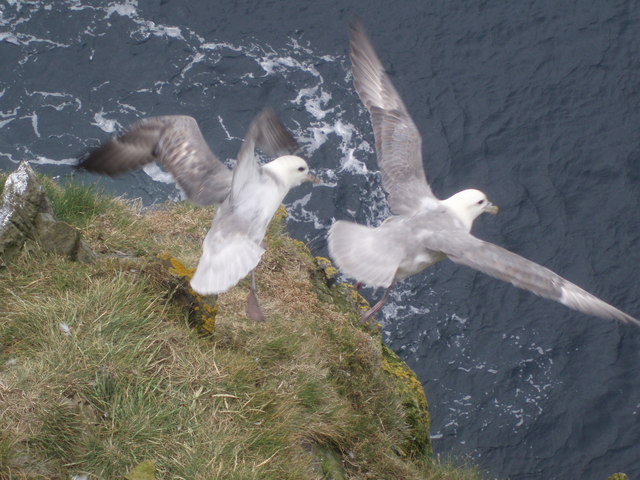
Scarf Taing is located at Grid Ref: ND4992 (Lat: 58.821294, Lng: -2.8784648)
Unitary Authority: Orkney Islands
Police Authority: Highlands and Islands
What 3 Words
///timed.woodstove.owls. Near St Margaret's Hope, Orkney Islands
Nearby Locations
Related Wikis
Grim Ness
Grimness is a cliff-girt headland on the island of South Ronaldsay, in the Orkney archipelago of Scotland. It is located between Honeysgeo and Skipi Geo...
Burray
Burray () is one of the Orkney Islands in Scotland. It lies to the east of Scapa Flow and is one of a chain of islands linked by the Churchill Barriers...
St Margaret's Hope
St Margaret's Hope is a village in the Orkney Islands, off the north coast of Scotland. It is known locally as The Hope or The Hup. With a population...
South Ronaldsay
South Ronaldsay (, also , Scots: Sooth Ronalshee) is one of the Orkney Islands off the north coast of Scotland. It is linked to the Orkney Mainland by...
Nearby Amenities
Located within 500m of 58.821294,-2.8784648Have you been to Scarf Taing?
Leave your review of Scarf Taing below (or comments, questions and feedback).
